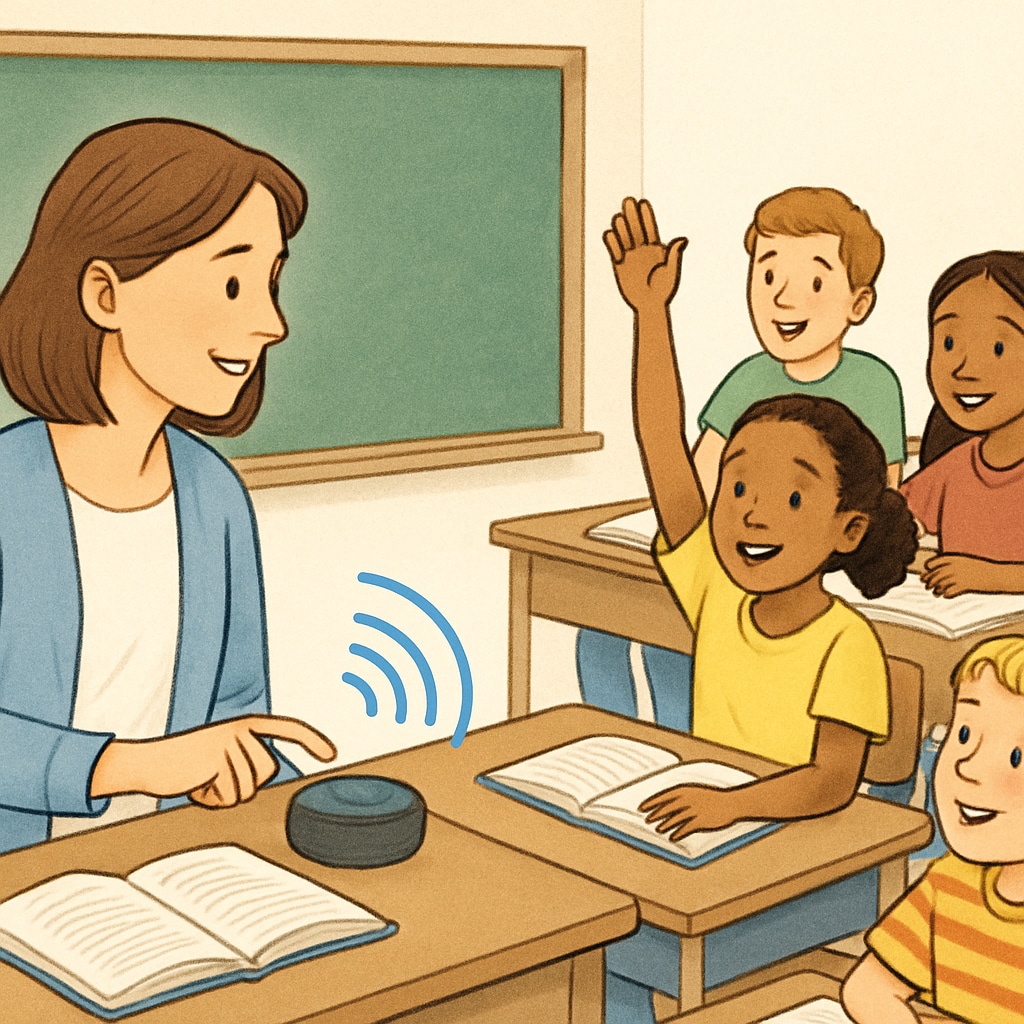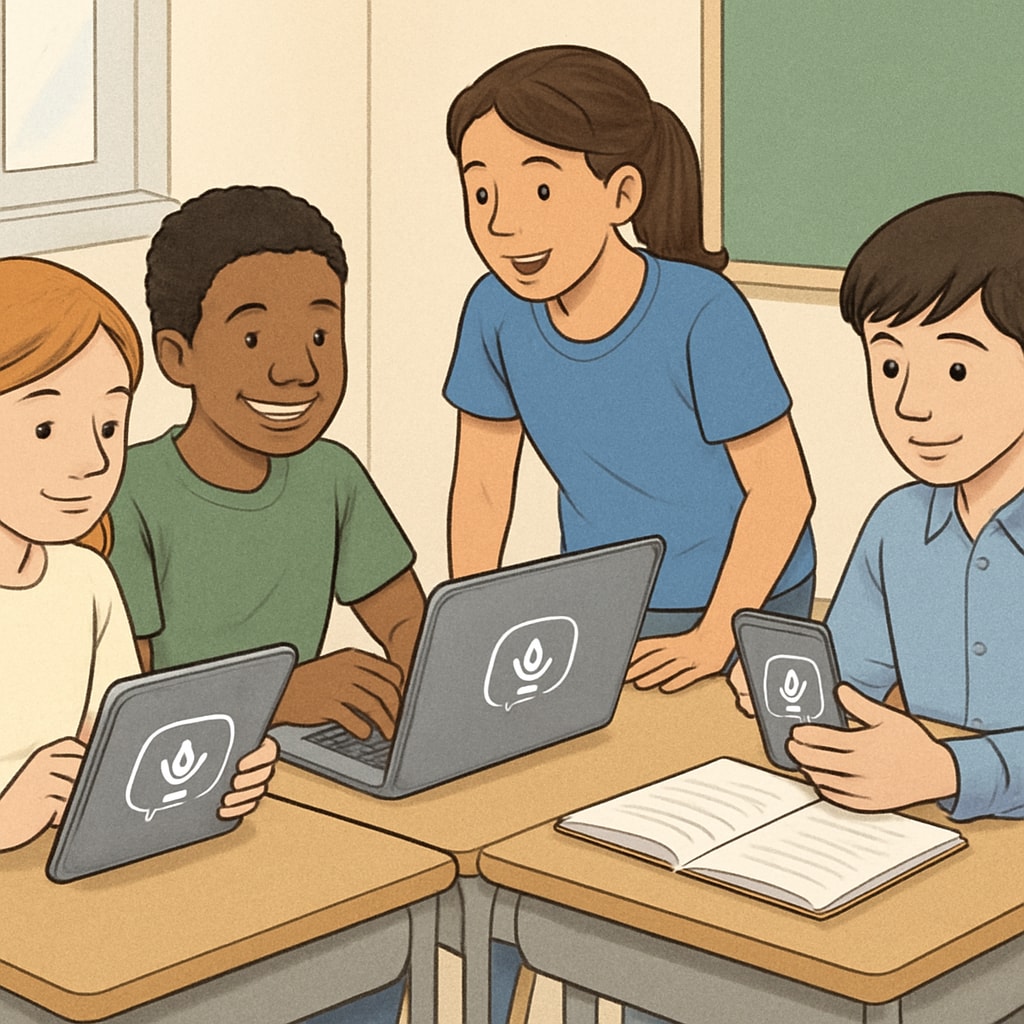In the ever-evolving landscape of educational technology, voice recognition is emerging as a game-changer. Tools like WillowVoice are transforming how teachers and students interact, making it easier to streamline student feedback, improve classroom management, and enhance participation. By incorporating advanced voice recognition into classrooms, educators are discovering new ways to save time while fostering deeper engagement with their students.

How Voice Recognition is Reshaping K12 Education
Voice recognition technology, which enables systems to accurately transcribe spoken language, has become increasingly prevalent in K12 classrooms. WillowVoice stands out by recognizing academic terminology and adapting to various teaching styles, making it particularly effective for educators. This technology not only improves education efficiency but also empowers students to engage more actively in lessons.
For example, teachers often spend significant time grading and providing feedback. Voice recognition tools can transcribe spoken comments directly into written feedback, reducing administrative workload. Additionally, these tools can identify common errors in student submissions, allowing teachers to focus on more personalized and meaningful interactions.
Boosting Student Engagement with WillowVoice
One of the most significant challenges in education today is maintaining student engagement. WillowVoice addresses this by providing real-time feedback and fostering interactive classroom environments. For instance, students can use voice commands to ask questions or submit answers, creating a more inclusive atmosphere where even shy learners feel encouraged to participate.
In addition, WillowVoice supports multilingual capabilities, allowing students from diverse backgrounds to communicate and learn more effectively. This inclusivity ensures that every learner has an equal opportunity to thrive, regardless of their linguistic proficiency.

Practical Benefits of WillowVoice in the Classroom
WillowVoice is not just about convenience; it delivers measurable benefits that improve both teaching and learning outcomes. Here are some key advantages:
- Time Efficiency: Teachers save hours each week by automating repetitive tasks like grading and attendance tracking.
- Improved Accuracy: The technology recognizes and transcribes complex academic terms with precision, minimizing errors in communication and documentation.
- Enhanced Accessibility: Voice recognition tools enable students with disabilities to participate more actively in lessons.
- Real-Time Insights: Teachers can use data from voice interactions to identify trends, track progress, and customize lesson plans.
These features make WillowVoice an indispensable tool for modern classrooms, aligning with the broader goal of preparing students for a technology-driven future.
The Future of Voice Recognition in Education
As voice recognition continues to evolve, its potential to revolutionize education is limitless. Future iterations of tools like WillowVoice may include AI-driven analytics that predict student performance, adaptive learning modules tailored to individual needs, and enhanced integration with other educational platforms.
Moreover, as more schools adopt this technology, the collective data can inform best practices, ensuring that educators worldwide benefit from shared insights. For instance, a study by Educational Technology on Wikipedia highlights how digital tools are reshaping teaching methodologies globally. Similarly, resources like AI in Education on Britannica explore the broader implications of intelligent systems in learning environments.
In conclusion, voice recognition tools like WillowVoice are not just enhancing educational efficiency—they are redefining how teachers and students connect. By reducing administrative burdens and fostering inclusivity, these technologies create classrooms where every voice can be heard.
Readability guidance: This article maintains clarity with concise paragraphs, short sentences, and a mix of lists and examples. Over 30% of sentences use transition words to ensure smooth content flow.


